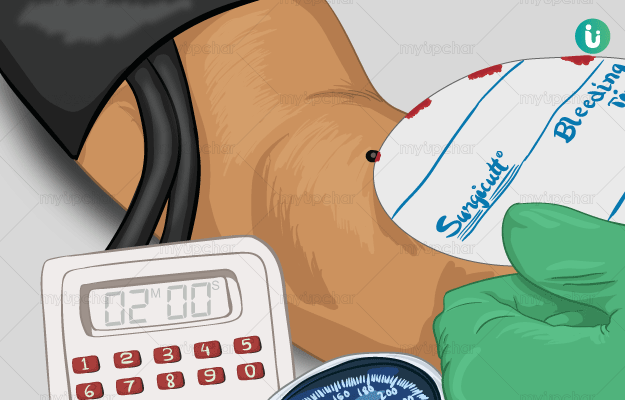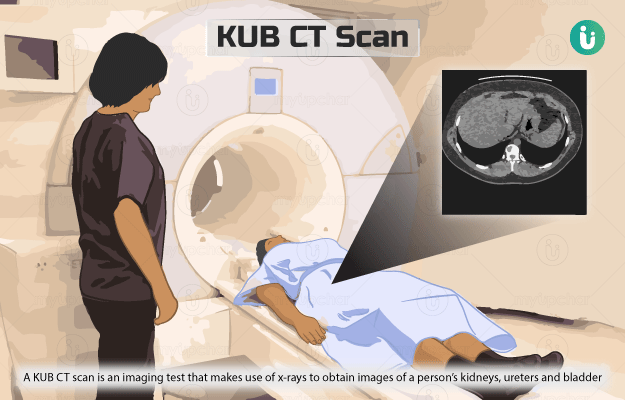What is a Bleeding Time test?
A bleeding time test, also known as clotting time test, is a type of coagulation test that is used for evaluating how quickly your blood clots to stop any form of bleeding. It can also be described as a medical test that is performed to measure how fast the small blood vessels present in skin stop bleeding.

































